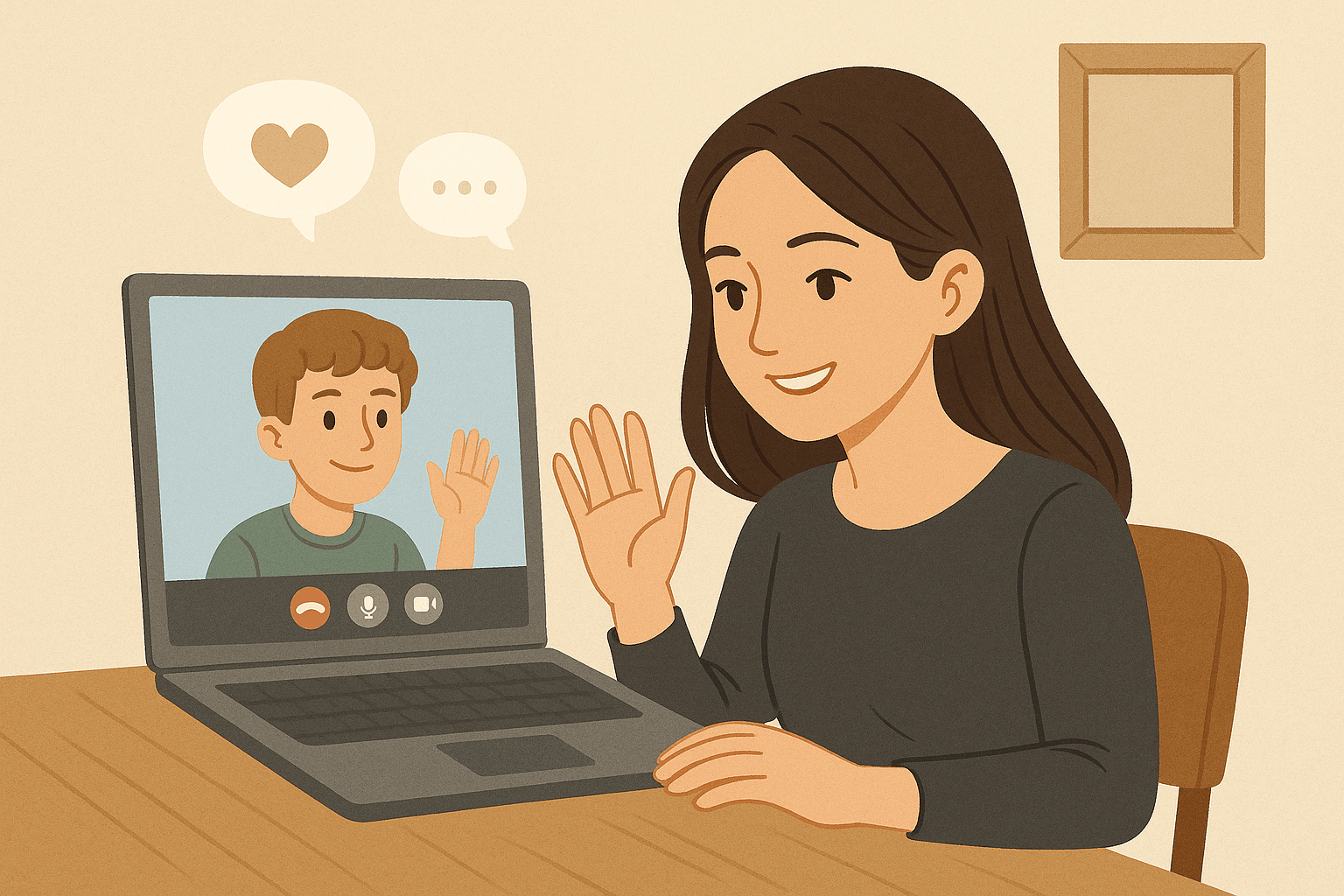Our interactions—whether personal, professional, or social—often take place in the digital space. With this shift comes the growing need to understand and respect digital consent, just as we do with in-person interactions. Whether you're sharing a photo, sending a message, or engaging in online activities, it’s important to prioritize consent to ensure all parties are comfortable and protected.
In this guide, we’ll explore what digital consent looks like, how to give and receive it effectively, and why it’s crucial for building respectful online interactions.
What Is Digital Consent?
Digital consent refers to an explicit agreement between two or more parties to engage in digital activities—whether it's sharing content, communicating, or participating in online interactions. Consent is about ensuring that everyone involved is fully aware of what they are agreeing to and feels comfortable with the activity.
In the digital world, this can include:
Sharing personal images or videos
Sending or receiving explicit messages (also known as sexting)
Tagging someone in a post or photo
Sharing someone’s private information (e.g., contact details)
Adding someone to a group chat or conversation
Sharing someone else’s content or messages publicly or with third parties
The Importance of Digital Consent
Without proper consent, digital activities can quickly become invasive, leading to uncomfortable situations, breaches of privacy, or even legal consequences. Just as consent is foundational in physical interactions, it’s essential in the digital space to maintain trust, respect boundaries, and protect individuals' privacy.
How to Give Consent for Digital Activities
When giving consent online, it's important to be clear and fully understand what you’re agreeing to. Here’s how to effectively give consent:
1. Be Explicit
Make sure your consent is clear, specific, and direct. For example, instead of a vague “okay,” state, “Yes, you can share this photo of me on social media.” This leaves no room for ambiguity.
2. Understand What You’re Agreeing To
Before giving your consent, make sure you understand the full scope of the activity. For instance, if someone asks to share a personal image, know where and how it will be shared. Is it going to a private conversation or a public post?
3. Feel Free to Set Boundaries
Giving consent doesn’t mean you have to agree to everything. You have the right to say “yes” to some aspects and “no” to others. For instance, you might be fine with sending a photo privately but not comfortable with it being posted publicly.
4. Know That You Can Withdraw Consent
Digital consent is ongoing, meaning you can withdraw it at any time if you no longer feel comfortable. If you’ve shared something and later decide you don’t want it online, it’s okay to ask the other person to remove it.
5. Don’t Feel Pressured
Consent should never be given under pressure. If you feel unsure, ask for more time or clarification before agreeing to anything. Your comfort is the priority.
How to Receive Consent for Digital Activities
If you’re on the receiving end, it’s your responsibility to ensure that the other person is fully informed and comfortable with what you’re asking. Here’s how to respectfully receive consent:
1. Ask Clearly and Directly
Avoid assumptions. Instead of just sharing or tagging someone in content, ask for their permission explicitly. For example, “Is it okay if I share this photo of you on my Instagram?” or “Do you mind if I add you to this group chat?”
2. Wait for an Enthusiastic Yes
Consent should always be a clear and enthusiastic “yes,” not just a passive “okay” or silence. If the other person seems hesitant, clarify and make sure they feel comfortable before proceeding.
3. Respect Boundaries
If the person sets specific limits on what they’re comfortable with, respect those boundaries. For example, if someone says you can share a message privately but not publicly, adhere strictly to that.
4. Check in if Needed
Sometimes digital activities evolve over time (e.g., ongoing conversations, multiple photos). Check in periodically to ensure the other person still feels comfortable, especially if the content or context changes.
5. Honor Withdrawal of Consent
If the other person withdraws their consent at any point, it’s important to immediately stop and take action as requested (e.g., deleting shared photos or messages).
Why Consent Is Ongoing
Digital consent isn’t a one-time thing—it’s ongoing and situational. What someone is comfortable with today may change tomorrow, and that’s okay. Consent can evolve with circumstances, and it’s important to maintain open communication to ensure mutual respect.
Digital consent is key to fostering trust and respect in any online interaction. By prioritizing clear communication, understanding, and respect for boundaries, we can create safer, more comfortable digital spaces for everyone. Whether you’re sharing content or engaging in online conversations, always seek explicit consent and be mindful of others' boundaries. It’s a simple step that makes a world of difference in today’s digital landscape.



